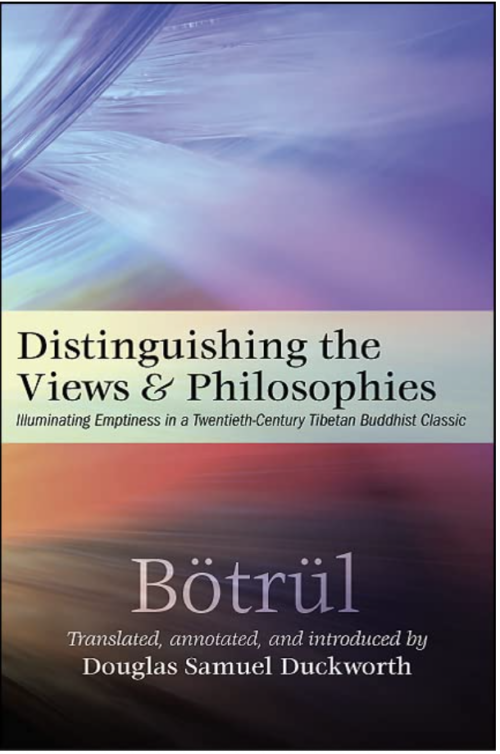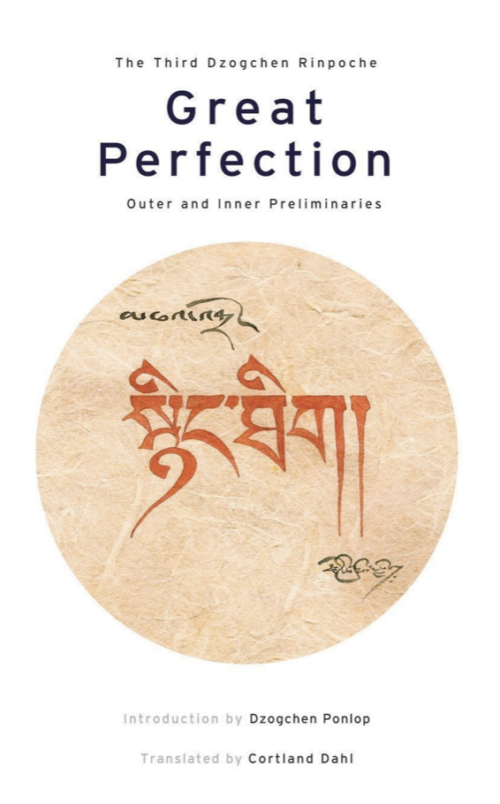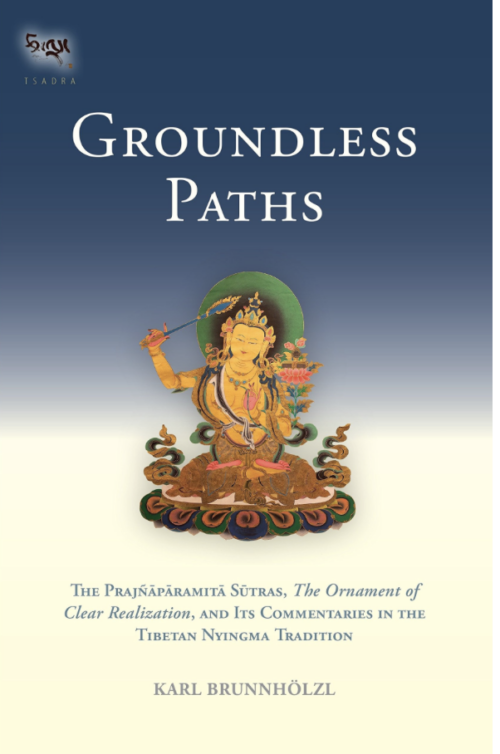- The hardcopy book is shipped from the US. International customers may wish to explore local booksellers, Shambala Publications, or Amazon to save on shipping cost.
Author: Bötrül Translator: Douglas Samuel Duckworth
An annotated translation of an essential work of twentieth-century Tibetan Buddhist thought, one that explicates teachings on the Middle Way.
This is an essential work of Tibetan Buddhist thought written by an influential scholar of the twentieth century. From the same Nyingma school as the great Tibetan philosopher Mipam, Botrul in this text provides a systematic overview of Mipam’s teachings on the Middle Way. Presenting the Nyingma tradition within a rich constellation of diverse perspectives, Botrul contrasts Nyingma views point-by-point with positions held by other Tibetan schools. Botrul’s work addresses a wide range of complex topics in Buddhist doctrine in a beautifully structured composition in verse and prose. Notably, Botrul sheds light on the elusive meaning of "emptiness" and presents an interpretation that is unique to his Nyingma school. Distinguishing the Views and Philosophies exemplifies the vigorous tradition of Tibetan Buddhist scholarship and is widely studied in the contemporary monastic colleges of Tibet, India, and Nepal. Douglas Samuel Duckworth’s translation will make this work widely available in English for the first time, and his thoughtful commentary will provide insight and context for readers. Bötrül (1898-1959) was an ordained monk from central Tibet, who was recognized as an incarnate lama. He taught at several monastic colleges in eastern and central Tibet, and many of his students were among the most influential leaders of the Nyingma school. Douglas Samuel Duckworth is Assistant Professor of Philosophy and Humanities at East Tennessee State University. He is the author of Mipam on Buddha-Nature: The Ground of the Nyingma Tradition, also published by SUNY Press.

